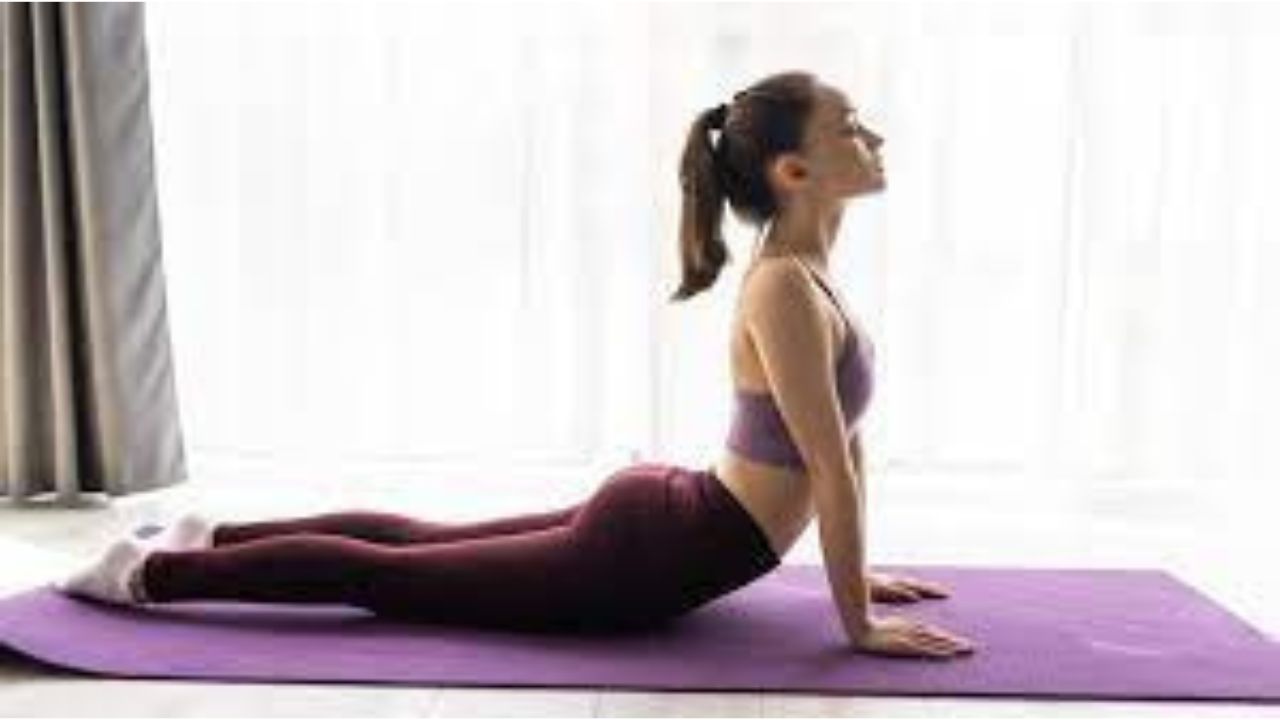The benefits of yoga range from maintaining good posture and increasing metabolism to lowering fatigue, resting heart rate, and stress levels. Yoga also works well to build stamina on a physical, physiological, and mental level. Yoga can improve cardiovascular and respiratory health by boosting anaerobic and aerobic endurance.
Three yoga poses that will help you have greater endurance, stamina, and patience when exercising are:
1. Boat Pose (Naukasana)
Method: Sit on the ground with your legs straight out in front of you. Knees should remain bent, and hands should be placed near to your hips. Now inhale deeply and lift both legs while putting your hands out in front of you. Keep your toes at eye level to lengthen your spine. Release the position between five and ten seconds later.
Benefits: Yoga’s Naukasana, often known as the boat pose, can help you deal with a variety of physical issues in addition to reducing stress. The abdominal organs are stimulated, digestion is enhanced, the legs and hip joints become stronger and more flexible, and overall body stability is improved. Additionally, it aids in strengthening the hip flexors and core. The yoga pose naukasana strengthens the abdominal muscles and regulates blood sugar levels. It also improves the health of all the abdominal organs, including the liver, pancreas, and kidneys, as well as the muscles in the arms, thighs, and shoulders.
2. Child’s Pose (Balasana)
Method: Sit on your heels on the ground on a yoga mat with your knees either bent or unbroken. Breathe out gently and bend forward until your forehead meets the floor, rests on a block, or is supported by two stacked fists. Keep your arms by your body with the palms facing up.
You can also extend your arms out in front of you to keep your palms flat on the yoga mat. Now, gently press your chest on the thighs with your knees together, or between the thighs with your knees apart.
The shoulders, jaw, and eyes should be relaxed, and the forehead should be in a comfortable position. By stimulating the vagus nerve, the energy point on the forehead between the eyebrows promotes a “relax and digest” response. Hold the pose for as long as you like, softening your arms and torso while exhaling and pulling your navel into your spine while inhaling. Return slowly to the sitting position on the heels with a slow inhale and the appearance of uncurling the spine.
Benefits: This yoga stance for beginners eases stress and anxiety by releasing tension in the chest, back, and shoulders. It also aids if you occasionally feel worn out or lightheaded throughout the day or throughout your workout. It is a gentle back, hip, thigh, and ankle stretch that can relieve back pain.
3. Camel Pose Technique (Ustrasana): Kneel on the yoga mat with your feet and knees together. Bend your head and spine as far back as you can without straining; pushing forward with your hips will force you to lean back. You should put your hands on your feet, relax your back and other muscles, and hold the position for a few seconds before releasing.
Benefits: Ustrasana strengthens and stretches the shoulders, back, hips, and deep hip flexors in addition to improving respiration by opening up the chest. It also encourages digestion and elimination by stretching the abdominal region. The vertebrae are relaxed, lower back discomfort is alleviated, posture is improved, and thigh fat is burned.
Warning: This exercise is not recommended for pregnant women, those who have diarrhea, or persons who have recently hurt their knees.

 हिंदी
हिंदी






